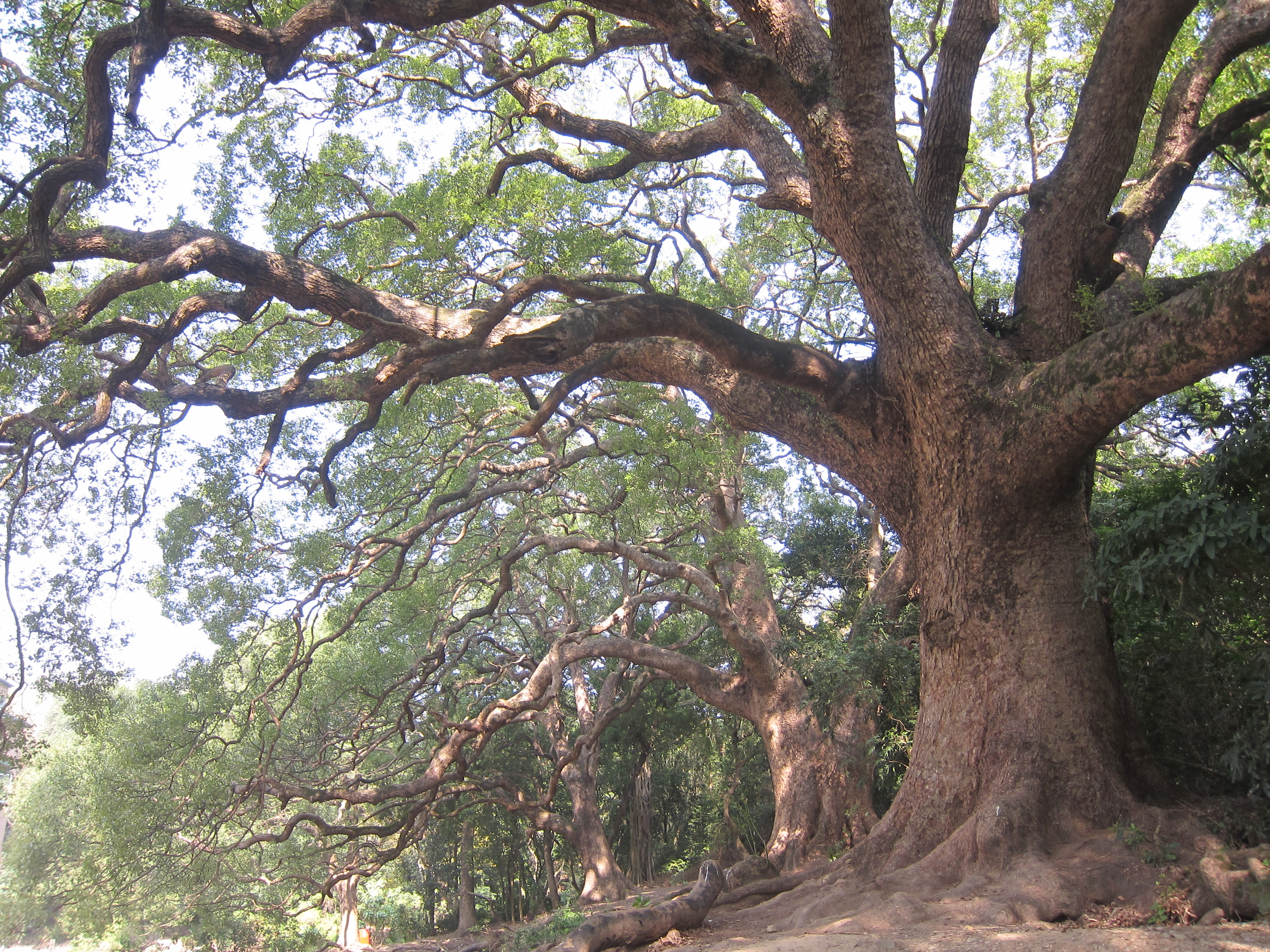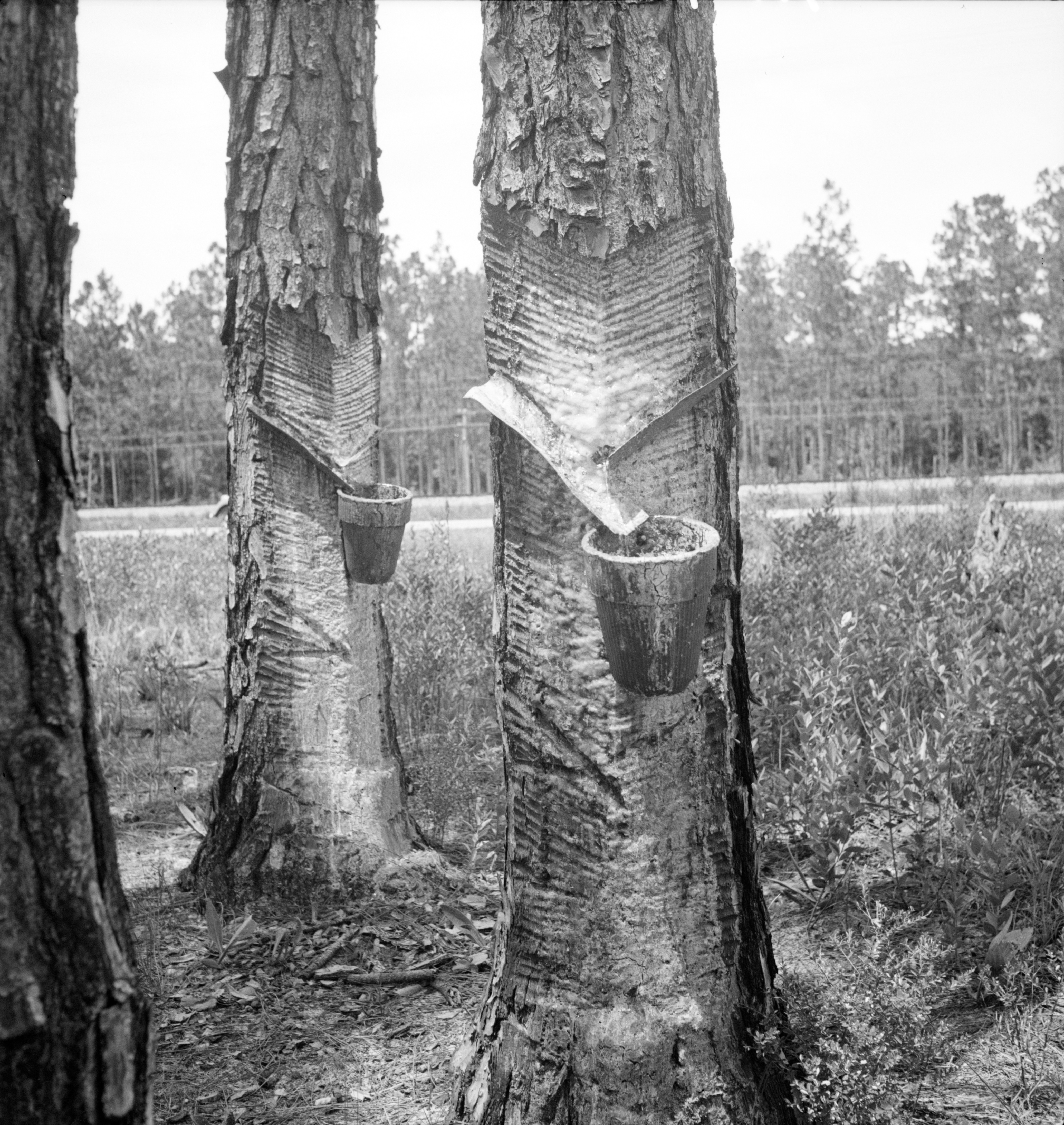|
Camphor
Camphor () is a waxy, colorless solid with a strong aroma. It is classified as a terpenoid and a cyclic ketone. It is found in the wood of the camphor laurel (''Cinnamomum camphora''), a large evergreen tree found in East Asia; and in the kapur tree (Dryobalanops, ''Dryobalanops'' sp.), a tall timber tree from South East Asia. It also occurs in some other related trees in the Lauraceae, laurel family, notably ''Ocotea usambarensis''. Rosemary leaves (''Rosmarinus officinalis'') contain 0.05 to 0.5% camphor, while camphorweed (''Heterotheca'') contains some 5%. A major source of camphor in Asia is Ocimum kilimandscharicum, camphor basil (the parent of African blue basil). Camphor can also be synthetically produced from oil of turpentine. The compound is Chirality (chemistry), chiral, existing in two possible enantiomers as shown in the structural diagrams. The structure on the left is the naturally occurring (+)-camphor ((1''R'',4''R'')-bornan-2-one), while its mirror image show ... [...More Info...] [...Related Items...] OR: [Wikipedia] [Google] [Baidu] |
Camphora Officinarum
''Camphora officinarum'' is a species of evergreen tree indigenous to warm temperate to subtropical regions of East Asia, including countries such as China, Taiwan, Vietnam, Korea, and Japan. It is known by various names, most notably the camphor tree, camphorwood or camphor laurel. Description ''Camphora officinarum'' grows up to tall. In Japan, where the tree is called ''kusunoki'', five camphor trees are known with a trunk circumference above , with the largest individual, , reaching . The leaves have a glossy, waxy appearance and smell of camphor when crushed. In spring, it produces bright green foliage with masses of very small white fragrant flowers from which its common namesake "smells good tree" in Chinese was given. It produces clusters of black, berry-like fruit around in diameter. Its pale Bark (botany), bark is very rough and fissured vertically. Distribution and habitat The species is native to China south of the Yangtze River, Taiwan, southern Japan, K ... [...More Info...] [...Related Items...] OR: [Wikipedia] [Google] [Baidu] |
Lauraceae
Lauraceae, or the laurels, is a plant Family (biology), family that includes the bay laurel, true laurel and its closest relatives. This family comprises about 2850 known species in about 45 genus (biology), genera worldwide. They are dicotyledons, and occur mainly in warm temperate and tropical regions, especially Southeast Asia and South America. Many are aromatic evergreen trees or shrubs, but some, such as ''Sassafras'', are deciduous, or include both deciduous and evergreen trees and shrubs, especially in tropical and temperate climates. The genus ''Cassytha'' is unique in the Lauraceae in that its members are parasite, parasitic vines. Most laurels are highly poisonous. Overview The family has a worldwide distribution in tropical and warm climates. The Lauraceae are important components of tropical forests ranging from low-lying to Montane forest, montane. In several forested regions, Lauraceae are among the top five families in terms of the number of species present. T ... [...More Info...] [...Related Items...] OR: [Wikipedia] [Google] [Baidu] |
Camphorsulfonic Acid
Camphorsulfonic acid, sometimes abbreviated CSA or 10-CSA is an organosulfur compound. Like typical sulfonic acids, it is a relatively strong acid that is a colorless solid at room temperature and is soluble in water and a wide variety of organic substances. This compound is commercially available. It can be prepared by sulfonation of camphor with sulfuric acid and acetic anhydride: : Although this reaction appears to be a sulfonation of an unactivated methyl group, the actual mechanism is believed to involve a retro-semipinacol rearrangement, deprotonation next to the tertiary carbocation to form an alkene, sulfonation of the alkene intermediate, and finally, semipinacol rearrangement to re-establish the ketone function. In organic synthesis, CSA and its derivatives can be used as Chiral resolution#Chiral resolving agents, resolving agents for chiral amines and other cations. The synthesis of osanetant was an example of this. 3-bromocamphor-8-sulfonic acid was used in the synth ... [...More Info...] [...Related Items...] OR: [Wikipedia] [Google] [Baidu] |
Heterotheca
''Heterotheca'' (common names goldenasters, camphorweed, and telegraph weed) is a genus of North American plants in the family Asteraceae. Etymology ''Heterotheca'' (heterothe'ca:) comes from Ancient Greek "other, different" and "case, chest" (botanically, "ovary") and refers to the difference in shape, in some species in the genus, between the cypselae (achenes containing seed) of the disk and ray florets. Description, biology These are annual and perennial herbs bearing daisy-like flower heads with yellow disc florets and usually yellow ray florets, associated with mesic to xeric habitats across North America. Several species now included in ''Heterotheca'' were previously classified in the genus '' Chrysopsis.'' ''Heterotheca'' species are used as food plants by the caterpillars of some species of Lepidoptera including '' Schinia lynx'', '' Schinia nubila'' and '' Schinia saturata'' (all of which have been recorded on ''Heterotheca subaxillaris''). Chemistry The lea ... [...More Info...] [...Related Items...] OR: [Wikipedia] [Google] [Baidu] |
Dryobalanops Aromatica
''Dryobalanops aromatica'', commonly known as Borneo camphor, camphor tree, Malay camphor, or Sumatran camphor, is a species of plant in the family Dipterocarpaceae. The species name ''aromatica'' is derived from Latin (''aromaticus'' meaning spice-like) and refers to the smell of the dammar (resin). This species was one of the main sources of camphor and attracted early Arab traders to Borneo, at that time being worth more than gold, and used for incense and perfumes. It is found in Sumatra, peninsular Malaysia, and Borneo. It is a large emergent tree, up to 65 m or even 75 m tall, found in mixed dipterocarp forests on deep humic yellow sandy soils. It is a heavy hardwood sold under the trade names of Kapur. It is recorded from at least two protected areas ( Lambir and Gunung Mulu Mount Mulu () is a sandstone and shale mountain. At 2376 m, it is the second highest mountain in the state of Sarawak, after Mount Murud. It is located within the boundaries of Gunung Mul ... [...More Info...] [...Related Items...] OR: [Wikipedia] [Google] [Baidu] |
Pinene
Pinene is a collection of unsaturated bicyclic monoterpenes. Two geometric isomers of pinene are found in nature, α-pinene and β-pinene. Both are chiral. As the name suggests, pinenes are found in pines. Specifically, pinene is the major component of the liquid extracts of conifers. Pinenes are also found in many non-coniferous plants such as camphorweed ('' Heterotheca'') and big sagebrush ('' Artemisia tridentata''). Isomers Biosynthesis α-Pinene and β-pinene are both produced from geranyl pyrophosphate, via cyclisation of linaloyl pyrophosphate followed by loss of a proton from the carbocation equivalent. Researchers at the Georgia Institute of Technology and the Joint BioEnergy Institute have been able to synthetically produce pinene with a bacterium. Plants Alpha-pinene is the most widely encountered terpenoid in nature and is highly repellent to insects. Alpha-pinene appears in conifers and numerous other plants. Pinene is a major component of the essent ... [...More Info...] [...Related Items...] OR: [Wikipedia] [Google] [Baidu] |
Isoborneol
Isoborneol is a bicyclic organic compound and a terpene derivative. The hydroxyl group in this compound is placed in an ''Endo-exo isomerism, exo'' position. The endo diastereomer is called borneol. Being chiral, isoborneol exists as enantiomers. Preparation Isoborneol is synthesized commercially by hydrolysis of isobornyl acetate. The latter is obtained from treatment of camphene with acetic acid in the presence of a strong acid catalyst. It can also be produced by reduction of camphor: : Isoborneol derivatives as chiral ligands Derivatives of isoborneol are used as ligands in asymmetric synthesis. * (2''S'')-(−)-3-''exo''-(morpholino)isoborneol or MIB with a morpholine substituent in the α-hydroxyl position. * (2''S'')-(−)-3-''exo''-(dimethylamino)isoborneol or DAIB with a amine, dimethylamino substituent in the α-hydroxyl position References {{Reflist Secondary alcohols Monoterpenes Bicyclic compounds Cyclopentanes ... [...More Info...] [...Related Items...] OR: [Wikipedia] [Google] [Baidu] |
Ocimum Kilimandscharicum
''Ocimum kilimandscharicum'', also known as camphor basil, is a basil species native to Kenya, Tanzania, Uganda, Sudan, and Ethiopia Ethiopia, officially the Federal Democratic Republic of Ethiopia, is a landlocked country located in the Horn of Africa region of East Africa. It shares borders with Eritrea to the north, Djibouti to the northeast, Somalia to the east, Ken .... References kilimandscharicum Herbs Flora of Ethiopia Flora of Kenya Flora of Sudan Flora of Tanzania Flora of Uganda Garden plants Plants described in 1895 {{Lamiaceae-stub ... [...More Info...] [...Related Items...] OR: [Wikipedia] [Google] [Baidu] |
Barus
Barus is a town and ''kecamatan'' (district) in Central Tapanuli Regency, North Sumatra Province, Sumatra, Indonesia. Historically, Barus was well known as a port town or kingdom on the western coast of Sumatra where it was a regional trade center from around the 7th or earlier until the 17th century. It was also known by other names, namely Fansur and possibly Barusai. The name Fansur or Pansur means "spring of water" or "a place where water flows" in the local Batak language. Barus was well known for its production of camphor. In the 16th century, Barus became absorbed into the rising power of the Aceh Sultanate. The earliest known Malay poet Hamzah Fansuri may be from Barus as indicated by his name. Historical records Barus was a significant settlement on the west coast of Sumatra widely recorded in many historical documents. Other related sites in Sumatra include Lamuri in Aceh and Pannai in North Sumatra. The second-century Greek geographer Claudius Ptolemy in his work ' ... [...More Info...] [...Related Items...] OR: [Wikipedia] [Google] [Baidu] |
African Blue Basil
African blue basil ('' Ocimum kilimandscharicum'' × ''basilicum'' ' Dark Opal') is a hybrid basil variety, a cross between camphor basil and dark opal basil. It is one of a few types of basil that are perennial. African blue basil plants are sterile, unable to produce seeds of their own, and can only be propagated by cuttings. This particular breed of basil has a strong camphor scent, inherited from ''Ocimum kilimandscharicum'' (camphor basil), its East African parent. It is included into the Lamiaceae (mint) family. The concentration of camphor is 22% (compared with 61% for ''O. kilimandscharicum''). The concentration of the other major aroma compounds, linalool (55%), and 1,8-cineole (15%) is comparable to many basil cultivars."Basil: A Source of Aroma Compounds and a Popular Culinary and Ornamental Herb" reprinted from: ''Perspectives on new crops and new uses'' (1999), ASHS Press, Alexandria, VA, . The camphor parent gives this basil a taste different from most bas ... [...More Info...] [...Related Items...] OR: [Wikipedia] [Google] [Baidu] |
Oil Of Turpentine
Turpentine (which is also called spirit of turpentine, oil of turpentine, terebenthine, terebenthene, terebinthine and, colloquially, turps) is a fluid obtainable by the distillation of resin harvested from living trees, mainly pines. Principally used as a specialized solvent, it is also a source of material for organic syntheses. Turpentine is composed of terpenes, primarily the monoterpenes alpha- and beta-pinene, with lesser amounts of carene, camphene, limonene, and terpinolene.Kent, James A. ''Riegel's Handbook of Industrial Chemistry'' (Eighth Edition) Van Nostrand Reinhold Company (1983) p.569 Nowadays, turpentine is rarely the product of distillation of pine resin, but is a byproduct of pulping. Pulping is achieved by two processes, the Kraft process and the sulfite process. The turpentines obtained from these two processes differ in their chemical compositions. The sulfite process gives a product that is rich in cymene, whereas the Kraft process gives a pinene-ric ... [...More Info...] [...Related Items...] OR: [Wikipedia] [Google] [Baidu] |



